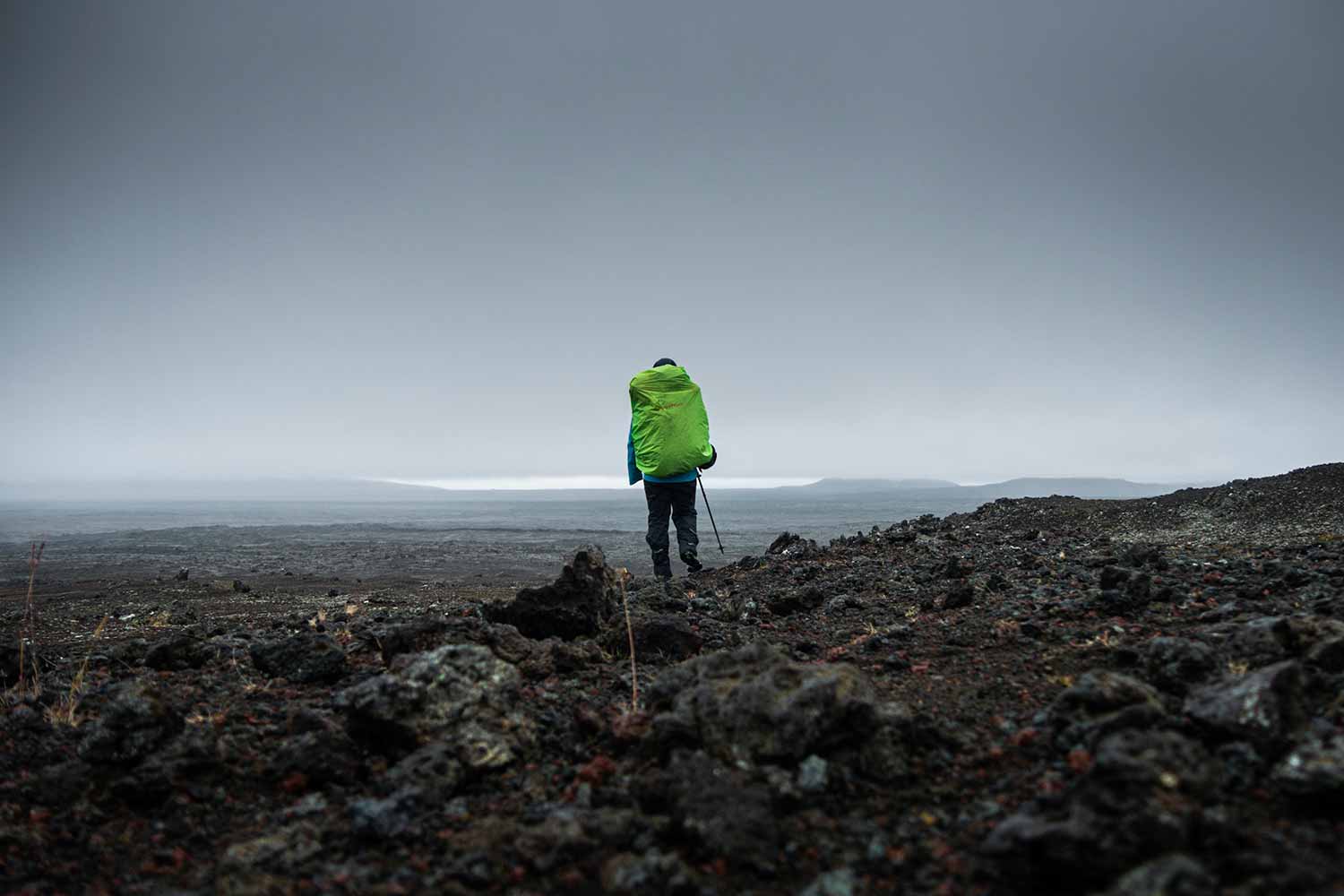The holidays are over and the new year has arrived. It has been a bit more than a week since we changed to 2020. I am going back to Camargue to take new photos of the Flamingos for a photography competition taking place in May. The Camargue Festival. Deer Santa did not put a telephoto lens in the chimney (given the price I don’t blame him for) and I am still limited in my photographic approach. I must make with what I have. This time I decide to try as much as possible to take the flamingos close to the water and from below. In order to highlight their slender body and give the impression of being right next to them.
Here I am back at the Pont-de-Gau ornithological park. It is a Sunday and there are many more people than during my previous visits. The atmosphere is different and I have a little trouble immersing myself in the environment. Several groups of birds are doing the displays. The others seem to doze in the traditional posture of the neck folded over the body balanced on one leg. The alignment of the folded necks forms a fascinating pattern. While observing the group sleeping I realize that at times their gossip double in power. Whenever a flamingo moves in the middle of the group, it seems to wake up the others who then start to gossip it in an irritated way and peck it! It only lasts a few seconds until the bird stops and the calm resumes. But as soon as a bird moves, it is slandered by its neighbors! Surprising. I hadn’t noticed this so clearly during my previous visits. Why do birds react this way to the passage of one of their congeners? Do they defend a territory? Are they unhappy to be disturbed? Or is this a group where couples are already formed? I seem to see me several times a larger flamingo (probably a male) repelling the “intruder” as it passed by the side of a smaller flamingo (a female probably). Are the birds defending their couple? Are they willing to fight? Or is it just a way to be noticed? Are they more aggressive now when they are looking for partners?
I recently read a book called « Habiter en oiseau » by Vinciane Despret which questions our approach to territory in birds studies and reveals that its meaning can be multiple. And that our limited human conception of the territory often prevents us from understanding its real meaning in bird’s life. Are flamingos territorial birds? What does territoriality mean within a colony? A whole universe of research seems to open up to me.
I also continue to observe the movements of the flamingos fascinated by the beauty that radiates from it and by the mimicry and synchronicity that seem to take place. How is it possible that several birds suddenly do the same gesture? Whether by the most total chance (two birds cleaning themselves in the same way) or during courtships (where the whole group performs the same movements). Is this quasi-choreography dance obvious only to the observer? Or is there really harmony within the colony? Does living together synchronize birds? Is it this harmony that gives the impression of beauty to birds and the colony? How do they communicate? I think that I should also focus on the analysis of their cries to understand a little more.
